Laundry Temperature Guide: Hot, Warm and Cold Water Explained
Are you a homeowner, renter, or anyone who does laundry, seeking to improve your laundry routine? The many settings on modern washing machines can be confusing. You might be uncertain about the best water temperature for your clothes and concerned about damaging fabrics, removing stains, and managing your energy bills. This article offers a clear understanding of hot, warm, and cold water use, giving you practical tips for effective cleaning, energy savings, and garment protection.
1. Decoding laundry water temperatures: Hot, Warm, and Cold
Laundry water temperatures are often a source of confusion. Understanding the appropriate water temperature is key to effective laundry. This article focuses on the three main temperature options: hot, warm, and cold water. We’ll provide you with the knowledge to harness the power of each setting, ensuring cleaner clothes, a longer garment life, and more efficient laundry.
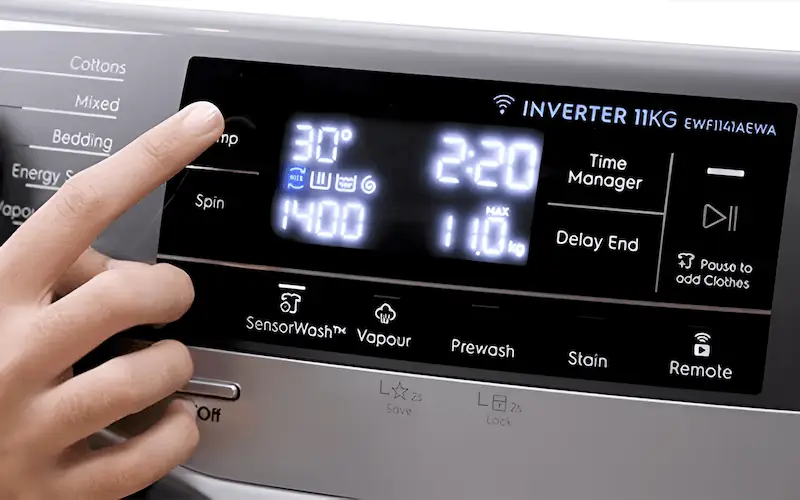
2. The power of hot water: When to turn up the heat
2.1 Hot water temperature & ideal uses
Hot water, generally considered to be around 130°F/54°C or higher, is best for items requiring sanitization or heavy cleaning. Hot water is useful for heavily soiled items like work uniforms, athletic wear, sheets, towels, and diapers made from durable fabrics like cottons.
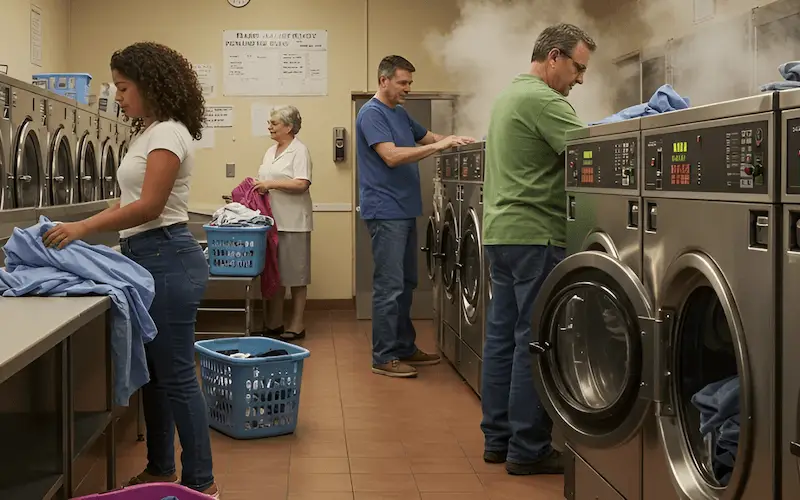
2.2 Hot water benefits: Cleaning & sanitizing power
Hot water offers excellent cleaning and sanitization benefits. It is highly effective for removing oily stains, removing dinginess, and brightening whites. Hot water is effective at killing germs and dust mites and sanitizing linens.
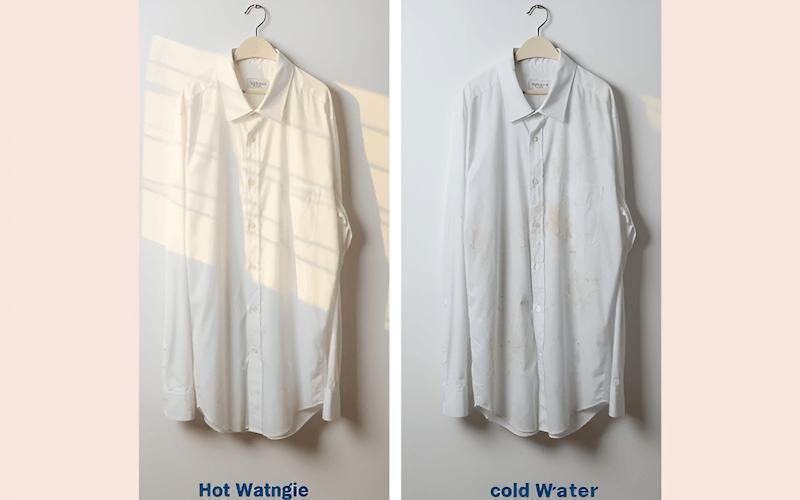
2.3 Hot water drawbacks: Risks to consider
Hot water does have some drawbacks, including potential fabric damage and higher energy consumption. Hot water can cause shrinkage and fading in some fabrics. The use of hot water is not suitable for delicate fabrics, and many synthetics. Hot water is very energy-intensive, which increases both costs and environmental impact. Hot water is also known to set protein-based stains such as blood, milk, and egg.
2.4 Expert recommendation: Hot water usage
Hot water should be used sparingly, only when truly necessary, and is best for heavily soiled or odorous items. Minimize hot water use to reduce fabric damage and energy consumption, to make sure that you get the best results.
Expert Advice: Minimize your use of hot water for hygiene or heavy soiling to minimize fabric damage and energy usage.
3. The Versatility of warm water: A balanced approach
3.1 Warm water temperature & everyday laundry
Warm water, with a temperature range of 90-110°F/32-43°C, offers versatility for everyday laundry. It’s a good default setting for most clothing items. This includes cotton, linen, and many synthetic fabrics, like nylon, polyester, and spandex blends.
It is also helpful for light-colored clothes, washable man-made fabrics. This is usually a good option for dark or colored fabrics. Warm water is a good choice for delicate synthetics and lingerie.

3.2 Warm water benefits: Effective cleaning with care
Warm water provides an effective balance between cleaning power and fabric care. It is a good middle ground for both cleaning and fabric care. Additionally, it dissolves powdered detergents more effectively than cold water and offers greater energy savings than using hot water.

3.3 Warm water drawbacks: Limitations to note
Warm water, however, has its limitations. It is less effective at sanitizing fabrics. Can also still cause some color fading and gradual shrinkage over time. Also, it is less effective on heavy soils and stains when compared to hot water. The energy savings is less than you’ll get from cold water.

4. The gentleness of cold water: Saving energy and protecting clothes
4.1 Cold water temperature & delicate items
Cold water laundry is the most gentle option, with a temperature of 80°F/27°C or lower, ideally between 60-80°F/15-27°C. It is often the safest option for most fabrics. It is also useful for delicate items. It’s also the best choice for lingerie, wool, bright or dark-colored items, and sensitive fabrics. Cold water is safe for washing any fabric.
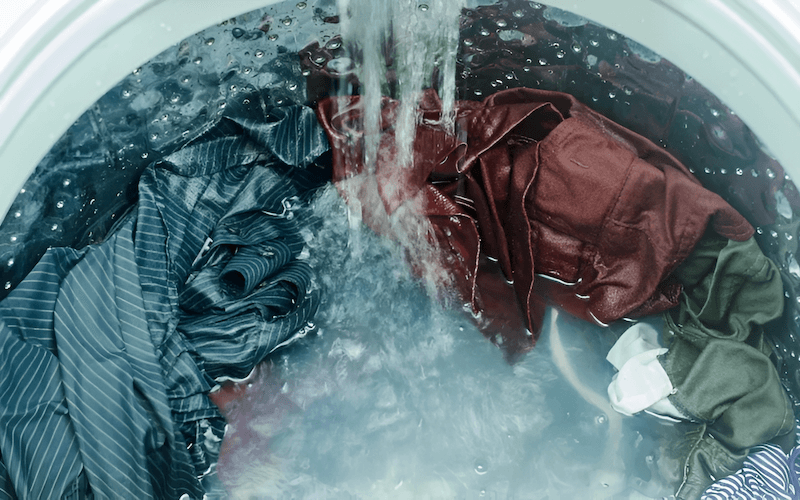
4.2 Cold water benefits: Eco-friendly & fabric-friendly
Cold water laundry is very eco-friendly and beneficial for fabrics. It significantly reduces energy consumption and lowers your carbon footprint. It is very effective at preventing color bleeding and fabric shrinkage. Cold water use also reduces CO2 emissions and is effective for rinsing soap, as well as reducing wrinkles. It helps your clothes last longer and reduces microfiber shedding.
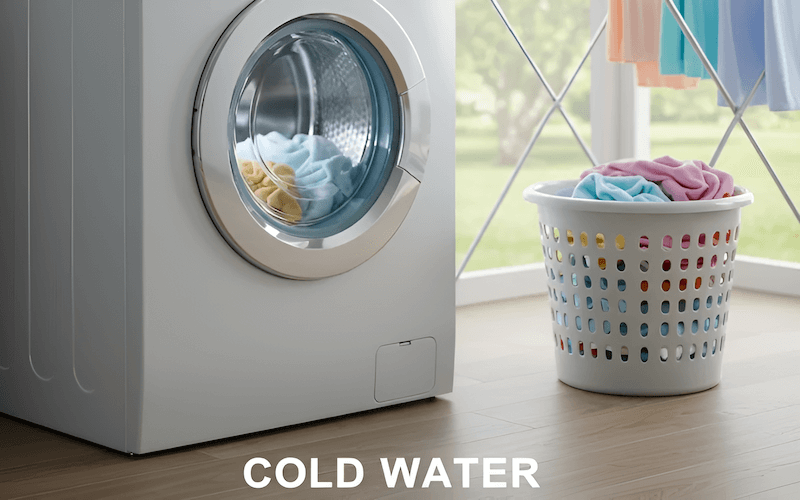
4.3 Cold water drawbacks: Potential issues
There are some potential drawbacks to using cold water. It may not be as effective for heavily stained and dirty clothes. It’s important to consider detergent performance, as it can decrease below 60°F. Cold water is less effective for stain removal and does not sanitize clothes. Over time, you can see a decrease in color vibrancy, as well as a slight yellowing.
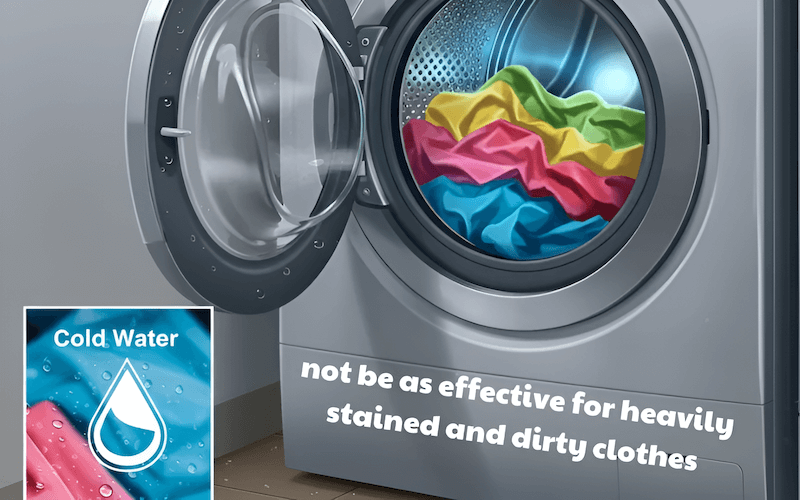
5. Expert tips for choosing the right laundry temperature every time
5.1 Decode garment care labels
Always check garment care labels first, they are essential for understanding the best way to wash your clothing. Fabric care symbols are standardized globally, and can provide a wealth of information, especially the recommended washing temperature.
Expert Advice: Learn to recognize common temperature symbols on care labels to obtain the best possible results.
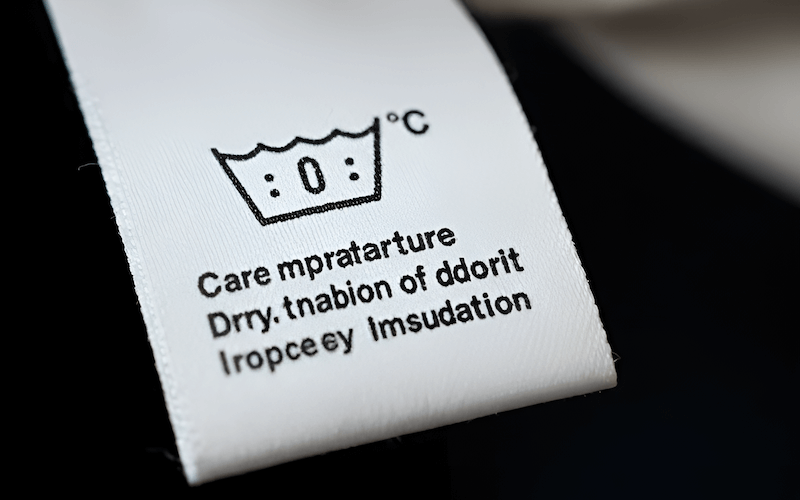
5.2 Smart laundry sorting strategies
Organize your laundry by fabric type and soil level, in addition to color. This approach is vital for washing. Washing similar fabrics and soil levels together ensures effective cleaning and helps prevent damage.
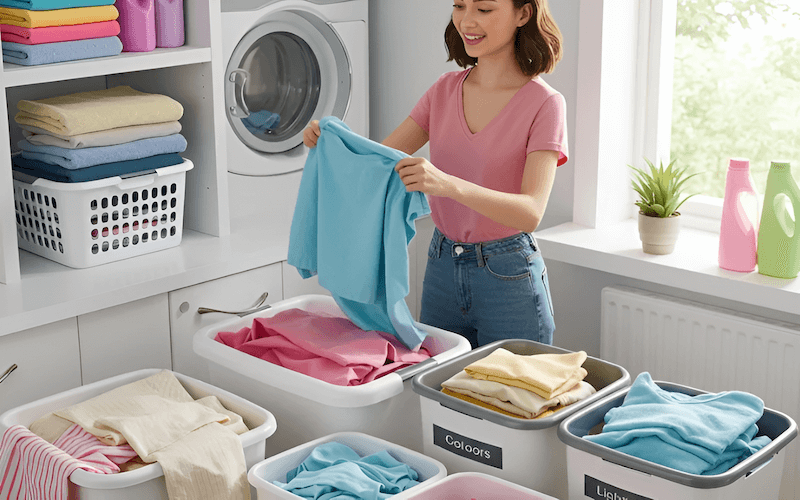
5.3 Choosing the right detergent for the temperature
The importance of selecting detergent is essential. Use heavy-duty detergents for cold water washes, since they’re formulated to activate effectively at lower temperatures. Many detergents today are formulated specifically for cold water, which is designed for lower temperatures.
Expert Advice: Use detergents specifically designed for cold water to ensure the best results in cold water washes.
5.4 Pre-treating stains: A laundry essential
Pre-treating stains before washing is crucial. This is especially important for cold and warm water washes, where the stain removal process might be less powerful than hot water. There are many different pre-treatment methods depending on the stain type.
5.5 When in doubt, consider this..
If you’re unsure about the optimal temperature, opt for cold water, since this is the safest option, and generally prevents damage.
Expert Advice: Cold water is usually sufficient and eco-friendly, and a safe option for lightly soiled everyday clothes.
5.6 Seasonal considerations for water temperature
Tap water temperature varies by season. In winter, cold tap water can be very cold, which will negatively affect detergent performance. In the winter, you might consider using the warm setting, especially if cold water cleaning seems ineffective.
5.7 Optimize wash time: Day or night?
Running your laundry during off-peak hours is a good strategy for saving money. Check local energy rates for time-of-use billing.
Expert Advice: Check your local energy rates and, if time-of-use billing is available, run your laundry during off-peak hours.
6. Beyond temperature: Other laundry factors to keep in mind
6.1 The rinse cycle temperature: Always cold
Always use cold water for the rinse cycle. Cold water is effective for rinsing detergent and can help reduce wrinkling.
6.2 Detergent quality matters: Not all detergents are equal
Detergent quality is a critical factor that impacts cleaning effectiveness. Cheaper detergents may rely more on warm or hot water for optimal results. Higher-quality detergents perform better across a wider range of temperatures.
Expert Advice: Due to their better enzyme formulations, higher-quality detergents often perform better across all temperatures, including cold, and are generally better to use.
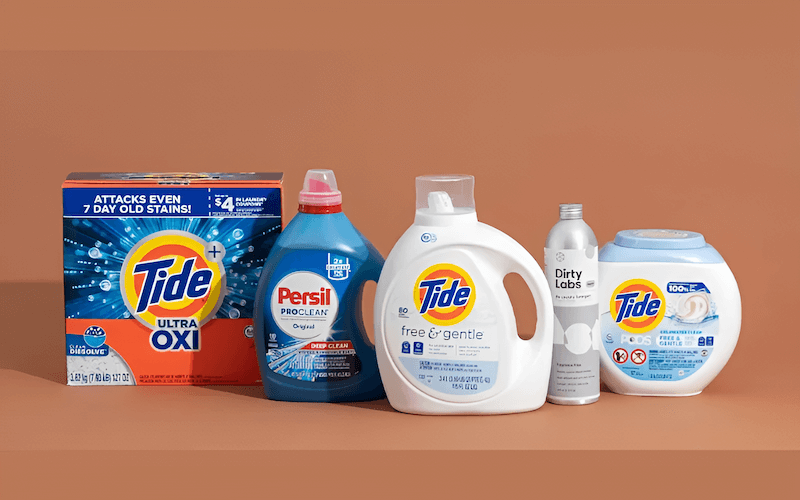
6.3 Hand-washing vs. machine washing: Temperature control
Hand-washing provides an alternative for very delicate items. This method also allows for more temperature control, which is useful for more gentle cleaning. It is a good choice for spot-treating stains before machine washing.
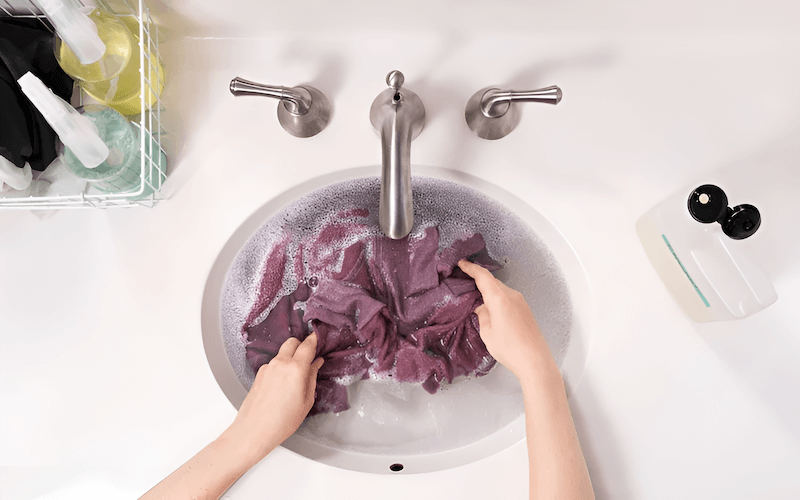
6.4 Understanding your washing machine settings
It’s crucial that you understand all of your washing machine settings. Some machines automatically select the water temperature, while others require manual setting. Familiarize yourself with different wash cycles and temperature options.
Expert Advice: Read your washing machine manual carefully to understand all temperature settings and cycle options for optimal use.
7. FAQs about laundry water temperatures
7.1 Does hot water always clean clothes better?
No, hot water is powerful, but not always necessary, and sometimes not best, because it can damage fabrics. Use it for specific situations like sanitizing or heavily soiled items, but not for all items.
7.2 Is it okay to wash everything in cold water?
Generally yes, it is safe and energy-saving. However, cold water may not be enough for heavily soiled or germ-prone items. Use cold water detergents and pre-treat stains for best results.
7.3 How does water temperature affect detergent?
Detergents are formulated to work best in certain temperature ranges. Cold water detergents are designed for lower temperatures, while some cheaper detergents rely on warmer water.
7.4 Can I use cold water for towels and sheets?
You can use cold water for lightly used items, but for hygiene purposes, it’s generally recommended that you use hot water, especially for frequently used items. Hot water helps sanitize towels and sheets effectively.
7.5 What’s the best water temperature for baby clothes?
For heavily soiled baby clothes like diapers or items with spit-up, use warm or hot water for better hygiene. Cold or warm water is fine for less soiled items, in order to protect delicate fabrics and colors. Always check care labels.
8. Packlove – Your partner for garment care and branding
Packlove has over eight years of experience in the garment industry, specializing in labels and tags for clothing. We understand the importance of fabric care, and the impact that has on clothing businesses. Clear and informative care instructions, including water temperature recommendations, can improve customer satisfaction and enhance brand image. We can help you create these informative labels.
Visit mypacklove.com for labels, tags, zipper bags, and poly mailers. We will use our expertise to help you create the best labels for your business. Visit our website at https://mypacklove.com/ or contact us at [email protected] to explore our options and contact us for a free consultation.
Read more:
Understanding laundry water temperatures is crucial for effective cleaning, fabric care, and energy savings. By selecting the right temperature, you can achieve the best results. Remember to always read care labels. By following these expert tips, you can elevate your laundry routine.






















